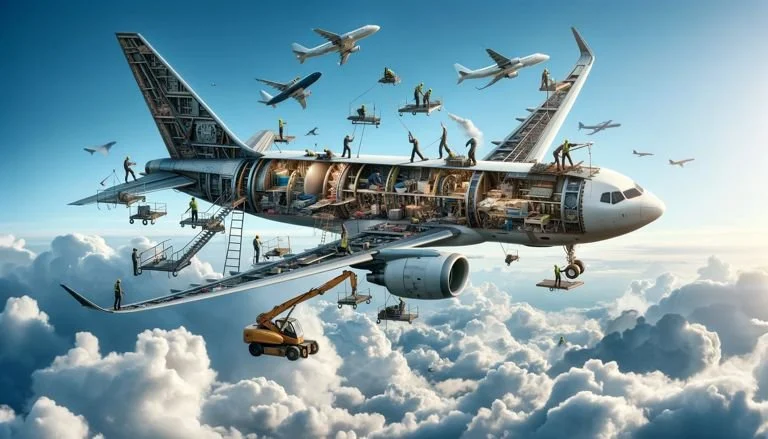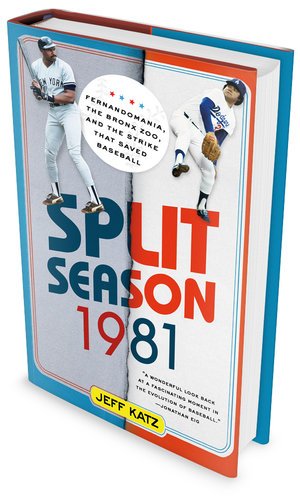By: JON WILLIS
After many arguments, it seemed like, last year, the NCAA decreed that athlete could make money from marketing deals. These NIL (name, image, and likeness) deals have already completely changed the game for student-athletes. Less than a year in, athletes in total have made more than 500 million dollars throughout the United States. After athletes were just used to being paid by having free education, this new law by the NCAA has completely changed the game.
So, the way I look at it, is that there are both positives and negatives to this new era of funding college athletes. The positive aspect is that the athletes, who are the reason that these colleges have millions of dollars flowing into their school, are finally getting compensation for all the work they put into what they are doing. There are some negatives to this as well. Some players are going to do a lot, while others might not make much of anything, and some athletes might start to think that that is unfair, and they deserve similar compensation. These players might start to get egotistical, which can affect their relationship with their team and affect where a player might decide to go for college for a better chance to get a marketing deal. Further, monetary rewards may prove to be a distraction. The universities usually have nothing to do with athletes and their NIL deals, and it could be a distraction to the student athletes with already so much going on in their lives.
“There’s a lot of concerns I have as this goes forward,” said Nebraska head football coach Scott Frost in a press conference last July. “I am a fan of it because the players deserve it and I think Nebraska football players are in a position to thrive under the new NIL rules.”
There is obviously a lot of uncertainty about the future of this and how athletes will handle it, but most of the coaches around the country have had similar concerns as Frost. There will be challenges with how students handle this, and we must be ready, but the players deserve it so, of course, it is a good thing. Frost also mentioned more recently that he has almost nothing to do with those NIL deals, as they are a whole separate entity from the football team. To me, the coach's job is to just make sure a player is responsible for these and make sure they have the correct help to help them make the right decisions about how to move forward with this.
“One negative effect that could come from NIL deals is if students do not meet with their compliance officers first and make sure the deal, they are making is legit, it could mess with their eligibility for their sport,” said Shiloh McCool, a student athlete. “One other negative effect would simply be a time-management issue. Student athletes are already typically busy between classes, practices, games, etc. Adding more work on their plate by making NIL deals could affect their school or sport if they do not manage their time and energy well.”
I think this will also continue to impact the transfer portal. We are increasingly seeing the college game, football, looking more like free agency. Players feel they can just go wherever they feel like it after already committing to another college. That is the one negative that I do not think has a chance of being fixed because of how prominent it already is. Athletes will start looking to colleges that have better chances for marketing deals and would only look to those big colleges that would have a chance to make a lot of money. The transfer portal is something I have already thought that the NCAA needs to look at, and these NIL rules have been added to the question marks around the portal.
Also, this is not just a thing that is affecting players at the DI level, but also the levels below. The opportunities are not as plentiful at the levels below, but even at the DII level, we can see the impact that it is having on student athletes. Shiloh McCool, a redshirt sophomore women’s basketball student athlete, has taken advantage of the new rules along with a few of her fellow teammates by partnering with a clothing store called Still Waters Clothing.
“So far it has not made an enormous difference in my life personally, but it is cool knowing we have the freedom to make deals and such if we have the opportunity,” McCool said. “The athletic department talked to all the student athletes about the opportunity for NIL deals when it first passed. Then, whenever you can utilize your NIL, we are required to talk to our associate athletic director, Rachael Page, just to make sure everything falls within the rules of NIL usage and to ensure that it will not mess up your athletic eligibility.”
So even at the DII level, student athletes are having these opportunities to make money and having the proper counseling to make sure they are making smart choices. McCool also mentioned that she and her teammates are donating all the proceeds from their NIL deals to the local elementary schools. So not only is this a good thing for the student athletes to have the ability to make money, but in cases like this, it can lead to the betterment of a community.
Now, while there still to this day are a lot of concerns about this, the main point is that this is the right thing to do for athletes. It has been a long time coming, and it gives athletes the ability to build their brand and get ready to try to move forward with their careers, hopefully into professional sports. Universities just must make sure these student athletes have the proper help and instruction from a counselor or someone of that nature, so they know how to do things like their taxes and how to be smart with this.
I think overall, this is a good thing and will impact colleges and their athletes in a positive way. The big key will just be for both players, coaches, and university staff to continue to be smart about this. It seems that in the first year or so, things are going well, students are still competing hard, and a lot of money and deals have been made. It will be fascinating to see how this will progress just in the next couple of years.
Sources:
https://www.bloomberg.com/news/features/2022-03-18/ncaa-nil-deals-help-college-athletes-get-paid



















